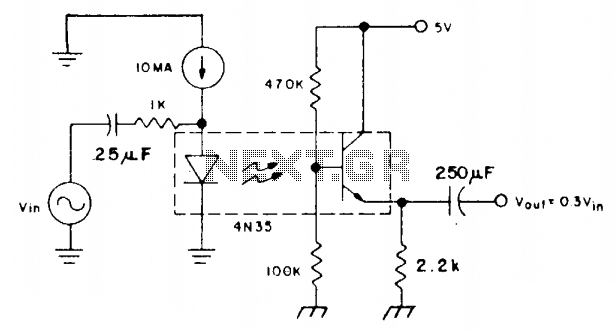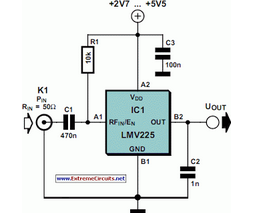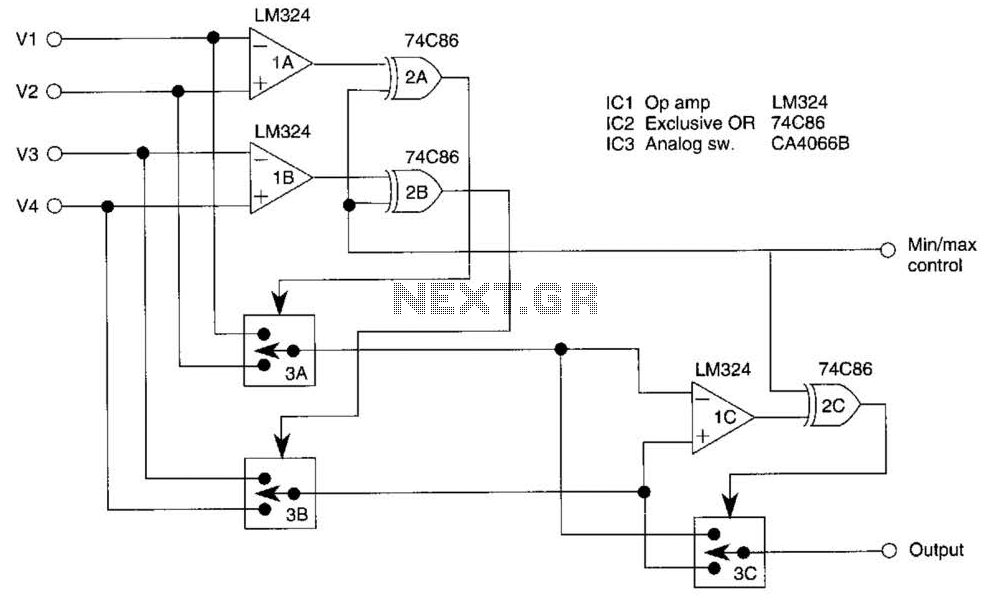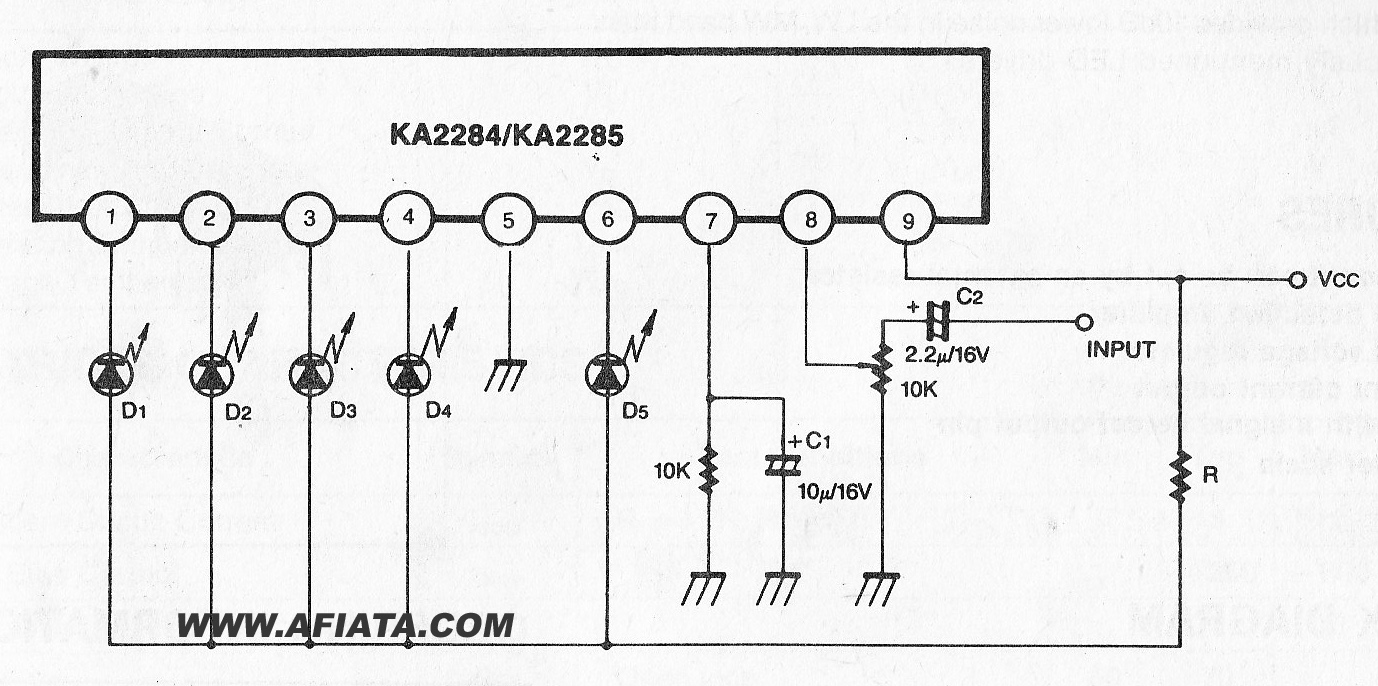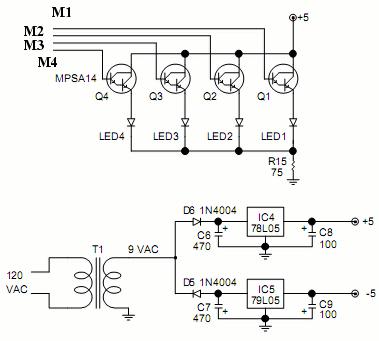
Video Line Selector

When measuring video signals with an oscilloscope, a video line selector is very useful to find a scan line. The line selector generates a trigger pulse at the selected line; the oscilloscope will display only the selected line. This is a very simple video line selector.
The video line selector circuit is designed to facilitate the analysis of specific scan lines within a video signal by generating trigger pulses that synchronize with the desired line. The core components typically include a microcontroller or a dedicated timing circuit, which processes the input video signal and identifies the timing of each line.
The circuit operates by receiving a composite video signal, which contains both the video information and synchronization pulses. The microcontroller analyzes the horizontal sync pulses to determine the start of each scan line. Once a specific line is selected, the microcontroller generates a precise trigger pulse that is output to the oscilloscope.
The key features of the video line selector include adjustable line selection, which allows the user to specify any line within the video frame, and a simple user interface, often comprising a rotary switch or push buttons. The output trigger pulse is typically TTL-compatible, ensuring compatibility with most oscilloscopes.
To enhance functionality, the circuit may also incorporate indicators such as LEDs to show the current line selection status. Power supply considerations for the circuit usually involve a low-voltage DC supply, ensuring safe operation and minimizing interference with the video signal.
Overall, the video line selector serves as a valuable tool for engineers and technicians who require precise visualization of individual lines in video signals for troubleshooting, analysis, or educational purposes.When measure video signal with oscilloscope, video line selector is very useful to find a scan line. The line selecter generates trigger pulse at selected line, oscilloscope will display only selected line. This is a very simple video line selector. 🔗 External reference
The video line selector circuit is designed to facilitate the analysis of specific scan lines within a video signal by generating trigger pulses that synchronize with the desired line. The core components typically include a microcontroller or a dedicated timing circuit, which processes the input video signal and identifies the timing of each line.
The circuit operates by receiving a composite video signal, which contains both the video information and synchronization pulses. The microcontroller analyzes the horizontal sync pulses to determine the start of each scan line. Once a specific line is selected, the microcontroller generates a precise trigger pulse that is output to the oscilloscope.
The key features of the video line selector include adjustable line selection, which allows the user to specify any line within the video frame, and a simple user interface, often comprising a rotary switch or push buttons. The output trigger pulse is typically TTL-compatible, ensuring compatibility with most oscilloscopes.
To enhance functionality, the circuit may also incorporate indicators such as LEDs to show the current line selection status. Power supply considerations for the circuit usually involve a low-voltage DC supply, ensuring safe operation and minimizing interference with the video signal.
Overall, the video line selector serves as a valuable tool for engineers and technicians who require precise visualization of individual lines in video signals for troubleshooting, analysis, or educational purposes.When measure video signal with oscilloscope, video line selector is very useful to find a scan line. The line selecter generates trigger pulse at selected line, oscilloscope will display only selected line. This is a very simple video line selector. 🔗 External reference
